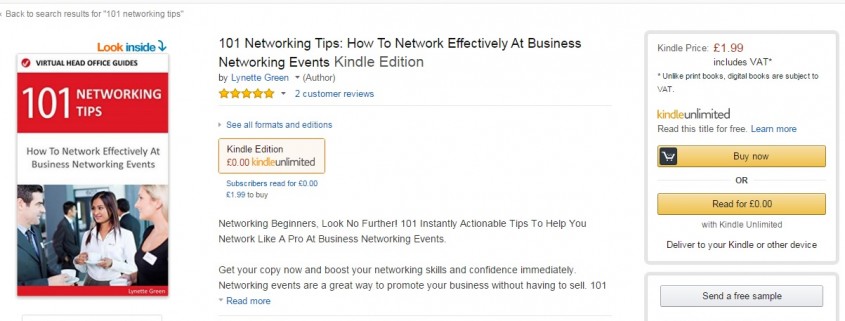Improve Your Negotiation Skills To Get The Best Outcomes For You And Your Clients
Negotiation Skills
Inevitably in business you will need to develop strong negotiation skills. As a small business owner it’s often the case that you can be perceived to be more flexible on price that perhaps a larger company would be. Sometimes this can be frustrating, but with a bit of practice this can become a good opportunity to demonstrate your value, secure the price you want and make your client happy to pay it.
- As with a lot of things in business, the old adage of fail to prepare or prepare to fail holds true. Gather as much information as you can before the negotiation, this could include gathering benchmark data and thinking clearly about what you want to achieve from the negotiation.
- Think of how you can increase your value. It’s not always just about price. What else can you offer that would increase the value to the client of what you do?
- Be confident. Know your worth and the value you can bring to your clients. Never feel that you are in a less confident bargaining position.
- Expect compromise but know your limits. In a negotiation situation you can usually expect some compromise on both sides, but be prepared to walk away from a deal if it’s below your bottom line. Really you should be looking for a win-win situation where you are both happy with the outcome and will therefore commit to it.
- Before you quote any price always provide a justification. Sell the benefits of what you offer and explain something of what goes in to producing it. This helps to counter any ridiculously low offers.
- Make the first offer. This is a controversial point but Adam Grant in his book Give And Take, argues that “every dollar higher in the first offer translates to 50 cents higher in the final agreement.” The reasons are that the first offer creates an anchor around which all future prices are based. It also increases your perceived value.
- Never accept the first price you are offered. Not only does this mean you secure a better price or terms for yourself, but research has shown that the other party will also be more satisfied with the outcome if they have had to negotiate. If you accept the first price they may believe they could have secured it for less and therefore not feel they have reached a fair deal.
- Give benefits in stages. Imagine finding £20 as you walked down the street. This would no doubt make you happy. Now imagine you find £10 and then later the same day you found another £10. The outcome is the same, but research has shown that the second scenario makes people happier. Therefore, in a negotiating situation separate out your benefits to increase the number of benefits and raise your perceived value.
- At the end of the negotiation ensure you have discussed and agreed on all terms. Recap, make sure all parties are happy. Give your commitment and recap on the next stages.
- Follow up. After the negotiation, it’s always important to follow up with an email confirming all the details of the agreement. Make it friendly and reiterate that you are looking forward to doing business with them.
Put these in place. This may take a bit of practice to perfect these skills, but working on your negotiation skills will not only stand you in good stead in business but in many other life situations. As your confidence in your negotiating skills increases you will find your outcomes of negotiation becoming increasingly successful.
Let us know what you think and if you know anyone who would benefit from reading this please share.










